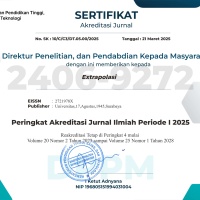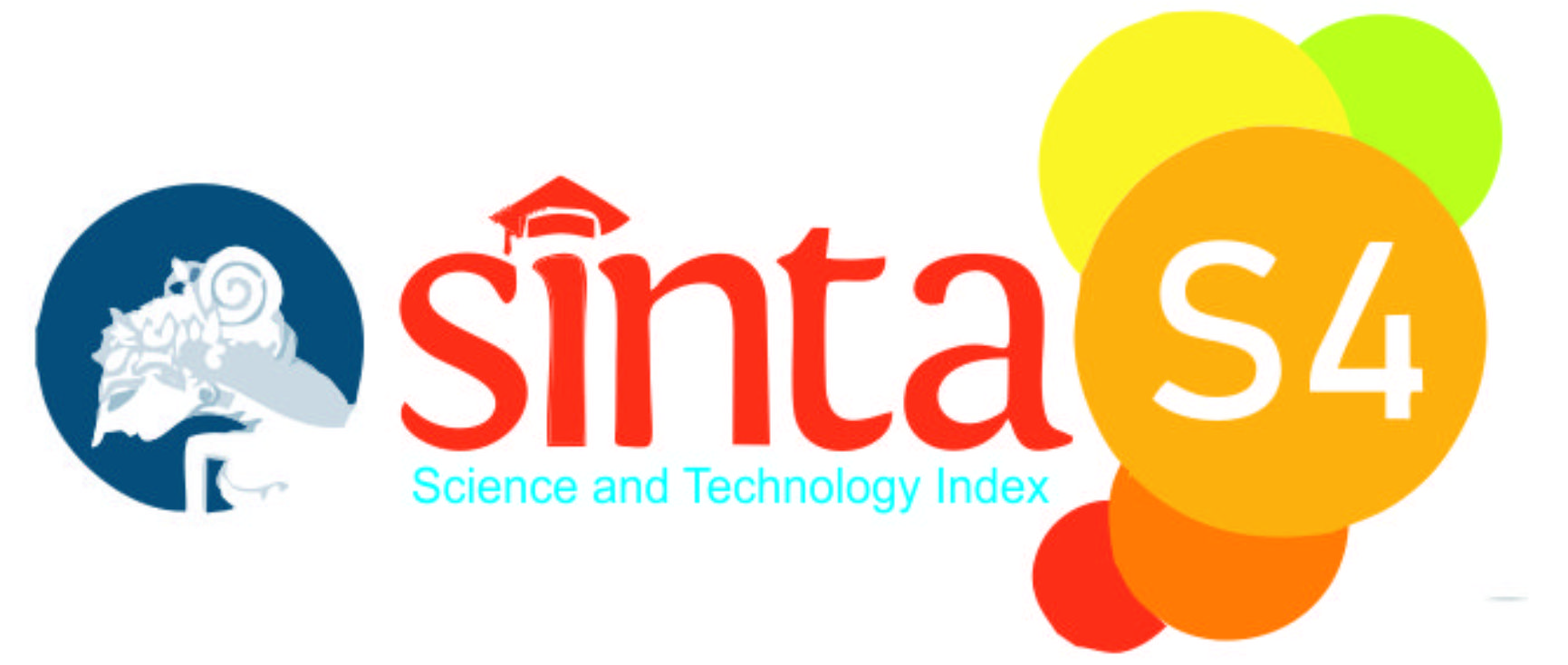PENGARUH PENUTUPAN PINTU PERLINTASAN KERETA API TERHADAP TUNDAAN DAN PANJANG ANTRIAN KENDARAAN PADA JALAN BUNG TOMO SURABAY
Abstract
Congestion and delays in urban areas is a critical problem faced by many large cities, especially in the region of East Java, especially in Surabaya has resulted in an increased mobility of people and goods where the rate of vehicle ownership and traffic congestion often occurs highway traffic, the purpose of this study is to find a model suitable to describe the relationship between the length of delay due to the closure of railroad crossings and traffic volume, the degree of saturation of traffic conditions, and queue length variation due to the closure of the old railroad crossings and traffic volume. To obtain sufficient data variation, the data collection for 4 days that is Monday, Tuesday, Wednesday and Thursday with a time of observation for approximately 11 hours starting from 06:00 pm until 18:00 pm. In addition to the data variable traffic volume, long crossings closures, delays and queue length measurements done anyway EMP (passenger car equivalent)
During 4 (four) days of observation group the data obtained at the same time closing the crossings with a total sample of 203 groups of data. Old variable closing crossings are used to determine how much influence the closure of crossings to the long delay (delay) and the length of the queue (queue). Variations long closure while crossing tabulated in the appendix to the maximum value, minimum and average length of the closure of crossings is the maximum value of 183.75 seconds, the minimum value of 26.28 seconds, 71.68 seconds average. Observation of traffic volume made every fifteen-min during the observation period. During the four days of observation obtained maximum value of traffic volume 2,221.60 smp / hour / lane, the minimum value 964.00 smp / hour / lane, average 1,620.47 smp / hour / lane Observations stopped time delay is performed to determine how the average delay experienced by the vehicle during the crossing closed doors. During the 4 days of observation obtained maximum value of stopped time delay 6,832.60 sec vehicle / lane minimum value 81.33 sec vehicle/lane, average 1,197.99 sec vehicle / lane
Keyword : Delay Time
Downloads
References
ATCS, 2008.Evaluasi Penerapan Area Traffic Control System Di DKI Jakarta, Bandung, dan Surabaya, http://bstp.hubdat.dephub.go.id/data/arsip/atcs.pdf.diakses pada tanggal 15 Februari 2014 pukul 19.30 WIB
Departemen Perhubungan ; “Undang-Undang No. 13 Tahun 1992 Tentang Perkereta Apianâ€, Perusahaan Kereta Api.
Direktorat Jenderal Bina Marga ; “Manual Kapasitas Jalan Indonesia (MKJI) Pebruari 1997â€, Direktorat Bina Jalan Kota.
May Adolf D, (1990) ; “Traffic Flow Fundamentals, Practice Hall. Inc, Englewood Cliffsâ€, New Jersey.
Morlok (1985) ; “Pengantar Teknik dan Perencanaan Transportasiâ€, Penerbit Erlangga, Jakarta.
Pignataro, Louis J, (1973) ; “Traffic Engineering Theory and Practice, Practice – Hall. Inc, Englewood Cliffsâ€, New Jersey.
Priyanto, S (1998) ; “Queue Length Models at Oversaturated Signalized Intersections, Final Reportâ€, Faculty of Engineering Gajah Mada University, Yogyakarta.
Taylor, MAP, Young. W, Bonsall, PW (1996) ; “Understanding Traffic Systemâ€, Avebury Technical England, London.
Authors who publish with Extrapolasi agree to the following terms:
- Authors transfer the copyright and grant the journal right of first publication with the work simultaneously licensed under a Creative Commons Attribution-ShareAlike 4.0 International License.. that allows others to share the work with an acknowledgement of the work's authorship and initial publication in this journal.
- Authors are able to enter into separate, additional contractual arrangements for the non-exclusive distribution of the journal's published version of the work (e.g., post it to an institutional repository or publish it in a book), with an acknowledgement of its initial publication in this journal.
- Authors are permitted and encouraged to post their work online (e.g., in institutional repositories or on their website) prior to and during the submission process, as it can lead to productive exchanges, as well as earlier and greater citation of published work (See The Effect of Open Access)











